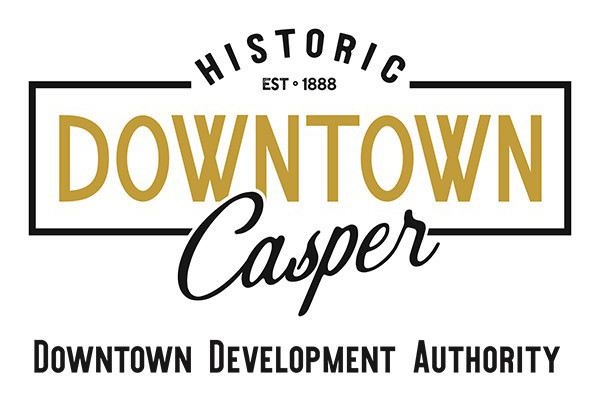Originally named Caspar, after Lt. Caspar Collins, who was in charge of Ft. Caspar in 1864. There was a misprint in the local newspaper and that was how Caspar changed to Casper.
The town of Casper became inhabited in June 1888, with John Merritt and C.W. Eads camping on the banks of the Platte River down by the Sandbar. As others started to arrive with talk of the railroad coming, the townsite began and buildings were erected at the intersection of McKinley and A.
For the last 129 years, Casper, starting as a railroad and ranch town which was rather wild in its heyday, has been a boom and bust town.
Women were not allowed to walk on the West side of Center between 2nd and Midwest, as this was where all of the saloons were located. Also on the Northwest Corner of 2nd and Center, at the Stockmen’s National Bank (now Townsend Building), employees of the bank would sleep behind bales of straw as the cowboys would like to shoot up the town, and they didn’t want to get hit by a stray bullet.
As the discovery of oil was in full swing in the Salt Creek Oil Fields 40 miles North of Casper, we became the Oil Capital of Wyoming. 20 mule teams’ wagons were able to transport the oil to Casper until the lines were laid.
During World War I, Casper developed another wild side when the Sandbar became world famous for its bootlegging, drug dealing and prostitution. Many of the local law enforcement did what they could, however most infractions were only held overnight. Therefore, Casper was once again in its heyday of wildness. This lasted until after World War II, when Casper had a military airbase at the airport West of town.
The late 1970’s brought urban renewal to our fair town, and by that time we had already lost buildings and were renovating the whole Sandbar area.
Casper developed a Historic Preservation Commission in 1988 to help preserve our town’s history. After almost three years of resurveying our local properties, we were able to be listed as a National Downtown Historic District on October 17, 2016.
Even with the oil booms and busts, we have been able to maintain historical integrity as we still grow by leaps and bounds.
History courtesy of:
Connie F. Thompson
Chair | Casper Historic Preservation Commission
(307) 267-2790
renegade6224@gmail.com
